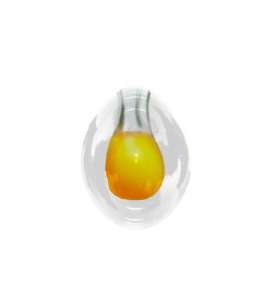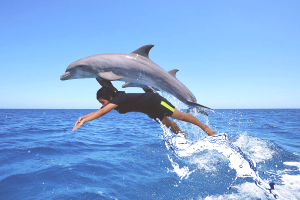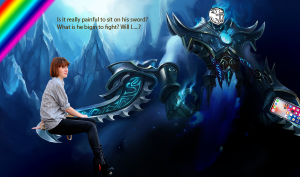This round of Technology and Multimedia is a little bit different. Since round 4, Cindy, our facilitator, told us to collect some of the videos and photos from our break to make something cool. So, we follow what she said and we used those materials to make a video by using Adobe Premiere Pro. My video is about my vacation at Bokor Mountain, Kampot province and at the beach, Koh Kong province. I filmed a video underwater! Here is the link to my video. However, it is not a really good one because it’s my first time trying this.
After finishing the video, we reviewed all of the things that we had learned this year. I can’t believe we’ve learned a lot! This is the list of what we had learned:
- Research skills
- Adobe tools: Lightroom, Photoshop, InDesign
- Computational Thinking
- What is digital storytelling?
- Photography basics
- Videography basics
- Python syntax
- If/Else statements
- For loops
- While loops
- Code Club: Rock Paper Scissors, Modern Art, Team Chooser, etc.
- Adobe Premiere
After making the video, we were independent to choose a topic from the things that we want to learn more about and choose a small project to improve our skill by finding our own material to help us learn. The goal of doing this is to catch up, develop our skill and explore our own interest.
I chose Photoshop because that’s what I’m interested in. I photoshopped a transparent egg. I only used two photos to make that one egg and those photos are a flying bubble and an egg yolk. It is easy if you know how to do it. You can just cut the egg yolk out and place it in the middle of the bubble. Now the bubble is round, let’s make the bubble into the egg shape. You might see the shadow in the bubble, so what you have to do is change the kind of layer into Multiple layer for both the bubble and the egg. See? It is finished. My another product is me diving with a dolphin. You need a picture of the ocean with the dolphin jumping, then you can just cut the photo of yourself diving into the water or the picture that you are about to touch the surface of the water. After that, you can add a png water splash picture somewhere around your legs to make it looks a bit more realistic. Below are the products that I’ve made. It’s not a very good one, but I’m glad to share it with you.
Actually, I don’t feel like this photoshop is easy at all, but thank you so much to the resources that helped me went through this very well. I really enjoyed doing this project because I can show people about what I can do, even though, it’s not that great. Do you want to try Photoshop now?



